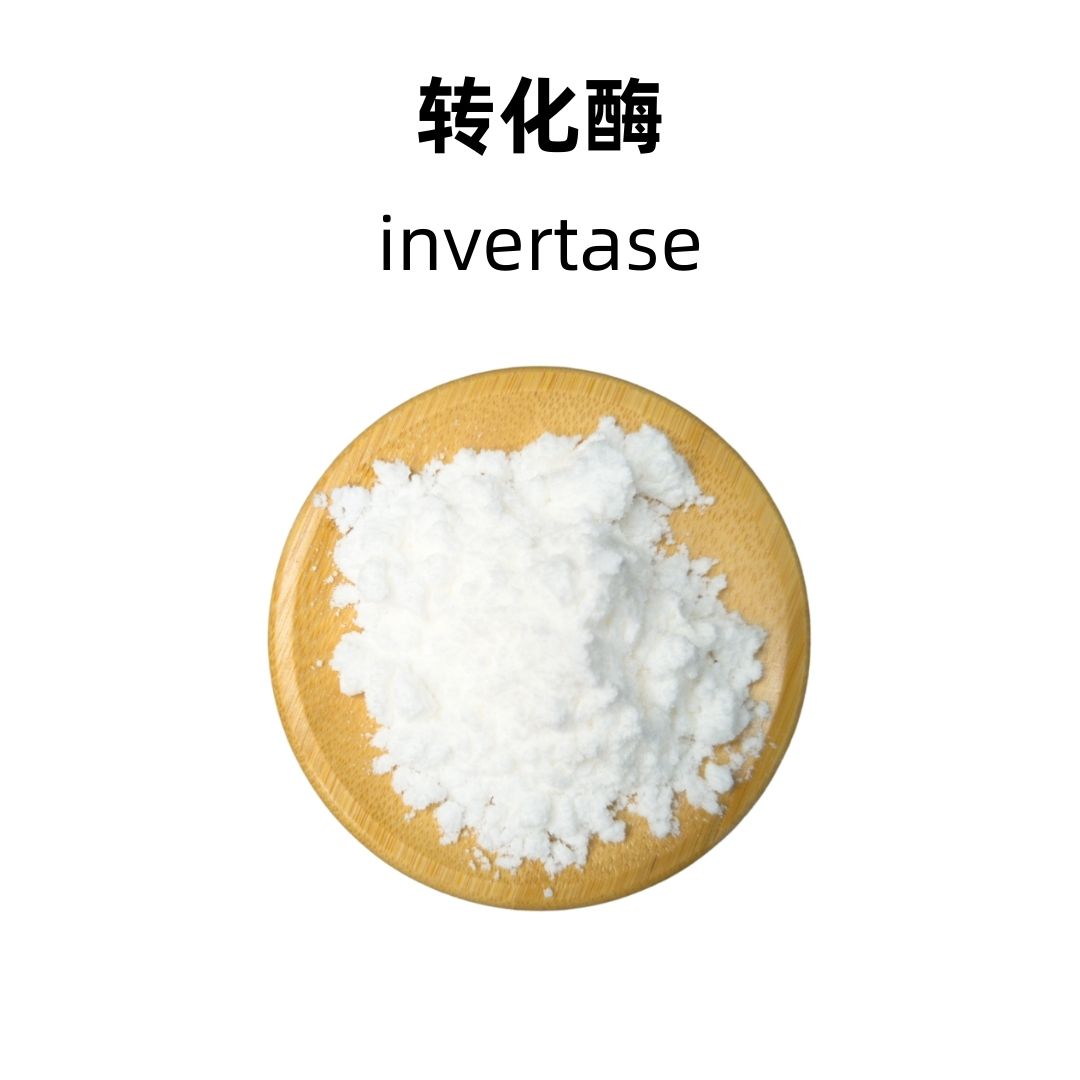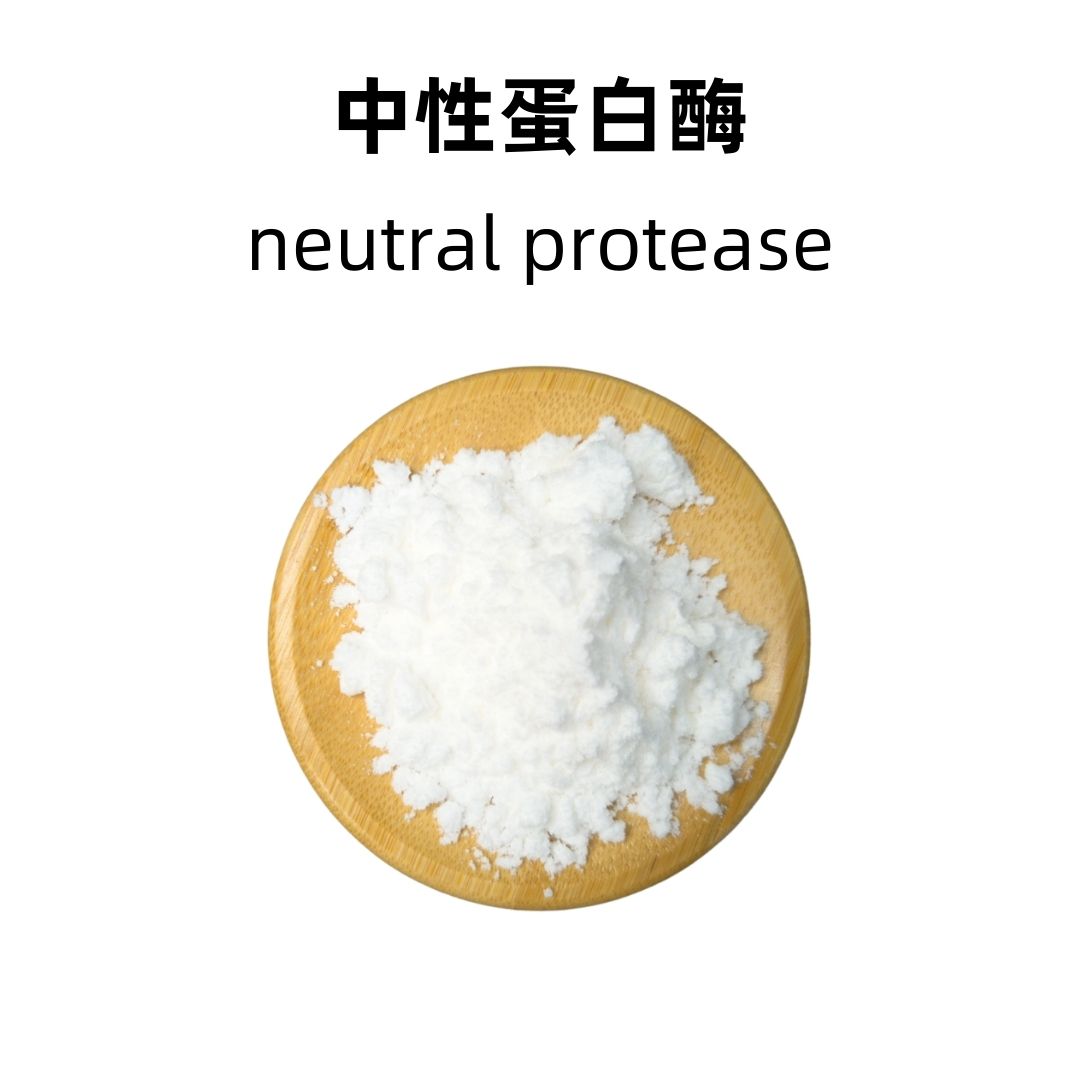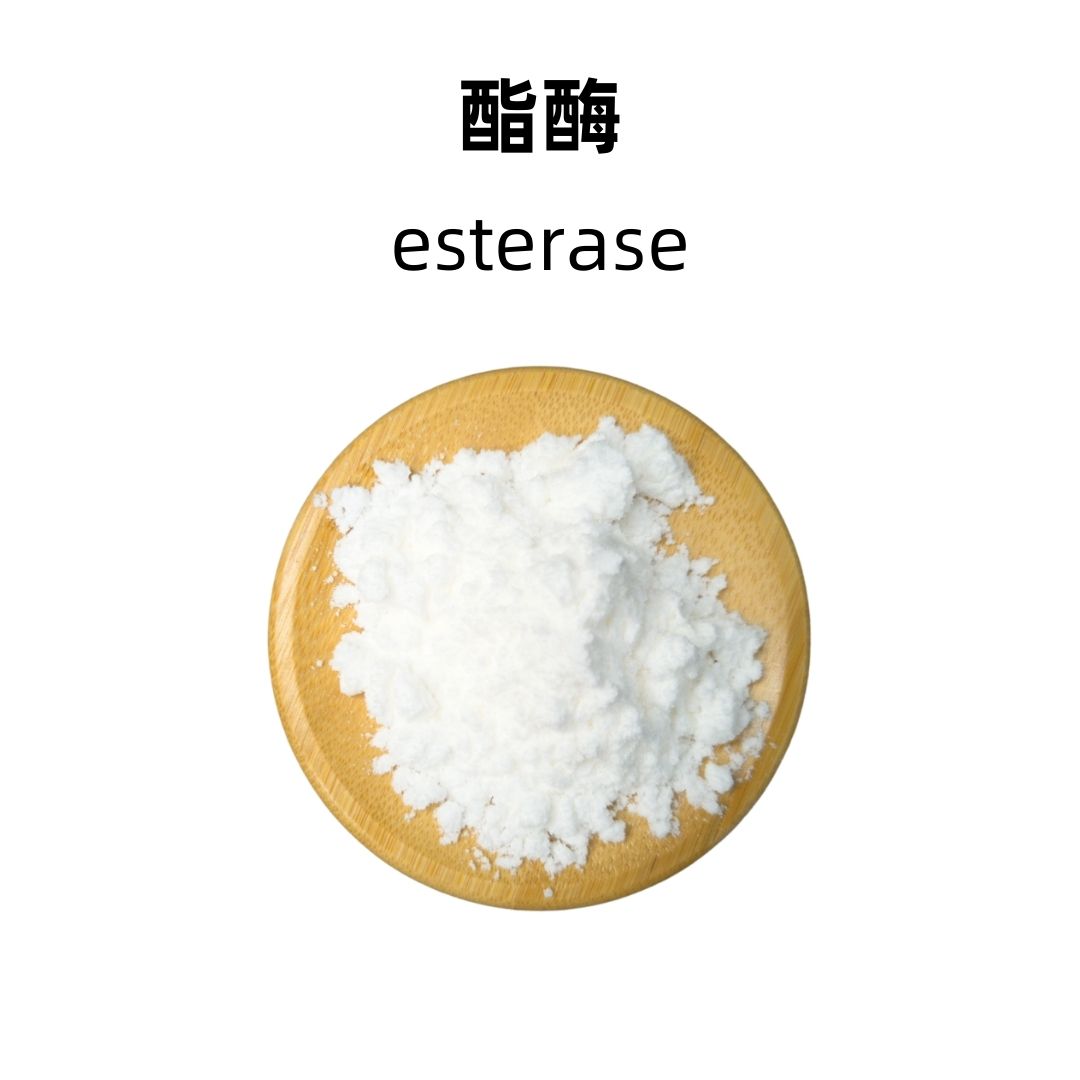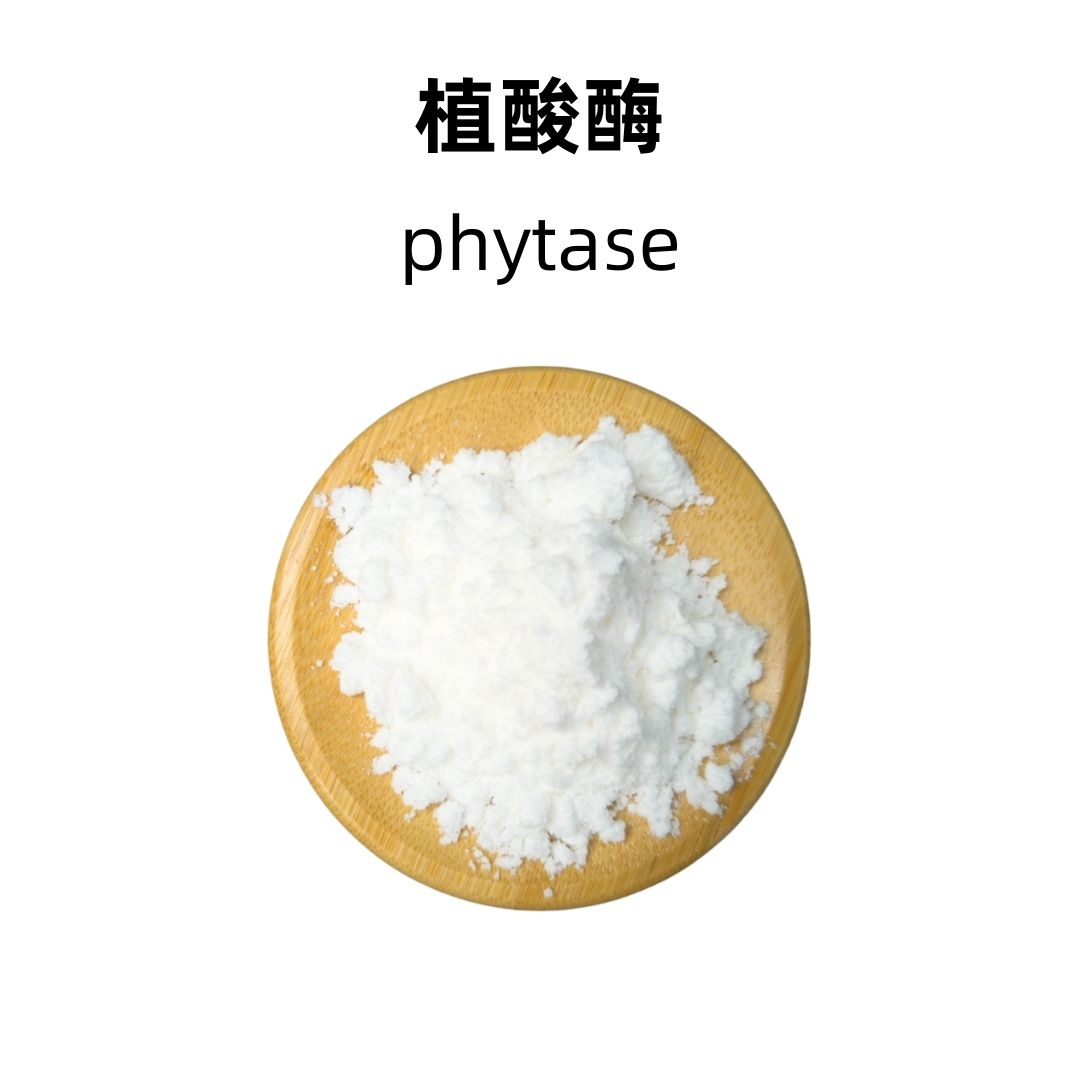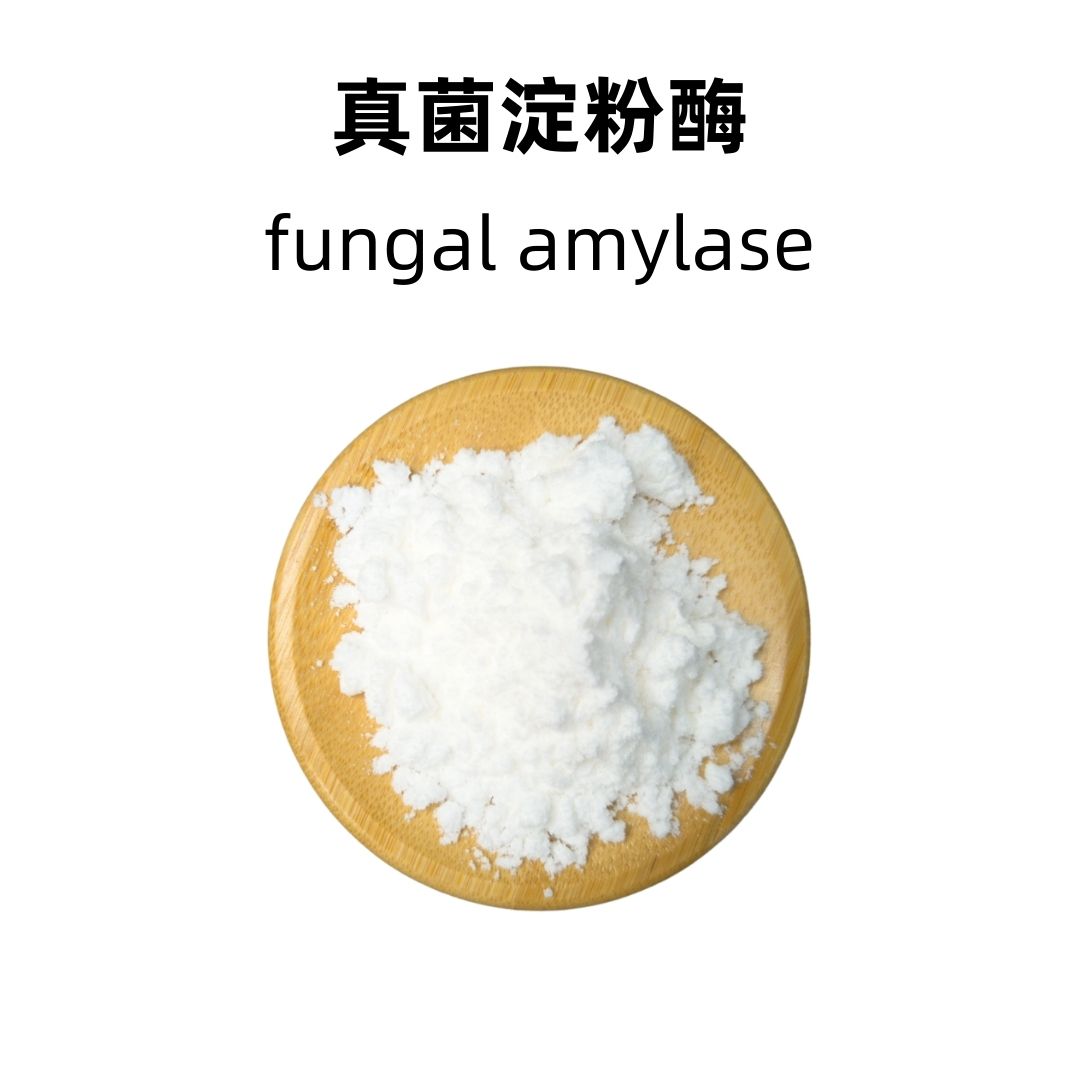Product Introduction
Cellobiase is an enzyme that plays a critical role in the breakdown of cellulose, a complex carbohydrate. It works by hydrolyzing cellobiose, which is a disaccharide made up of two glucose molecules, into individual glucose units. This enzymatic process is essential for organisms that digest plant materials. In industrial applications, cellobiase is highly valued for enhancing the efficiency of converting cellulose to glucose, which can then be used for fermentation or other chemical processes.
Production Process
The production of cellobiase typically involves fermentation processes using specific strains of fungi or bacteria that naturally produce this enzyme. These microorganisms are cultivated in controlled environments to promote optimal enzyme production. After fermentation, the cellobiase enzyme is extracted and purified using various methods, including filtration and chromatography. The final product is carefully standardized to ensure consistent activity levels for various applications.
Effects and Functions
Cellobiase functions primarily to facilitate the conversion of cellobiose into glucose, which can be utilized as energy by various organisms. In the environment, it plays a significant role in the carbon cycle, aiding in the degradation of plant materials. In industrial contexts, it enhances the digestibility of animal feed and improves the yield of fermentable sugars from lignocellulosic biomass. This property is particularly important in biofuel production, as higher sugar yields lead to increased ethanol output.
Application Scenarios
Cellobiase is applied across several industries. In the food industry, it is used to improve the sweetness and texture of products by breaking down complex sugars. In the animal feed sector, it helps in increasing the nutritional value and digestibility of high-cellulose feeds. The biofuel industry employs cellobiase in converting agricultural byproducts into fermentable sugars, thereby enhancing the efficiency of ethanol production. Additionally, it finds use in paper and pulp industries for improving fiber processing.
Packaging and Storage
Storage Conditions: The product should be sealed, protected from light, kept away from high temperatures, and stored in a dry, cool, and well-ventilated place.
Packaging: Bulk packaging consists of 25 kg per fiber drum, while sample sizes are available in 1 kg per aluminum foil bag. Custom packaging can be arranged upon request.
Shipping Methods: Cellobiase can be shipped using FedEx, DHL, dedicated logistics, or through sea freight consolidation.
Shelf Life: The shelf life of cellobiase is two years when stored correctly.
Monica Sun possesses extensive technical expertise and market insights in the food additives industry. She excels in designing efficient and safe additive formulations tailored to various food applications, ranging from sweeteners to functional dietary fibers. Monica has successfully assisted food manufacturers in optimizing ingredient combinations to enhance product quality and improve consumer satisfaction.









